Home>Articles>What Happens If You Inhale Mercury From A Light Bulb
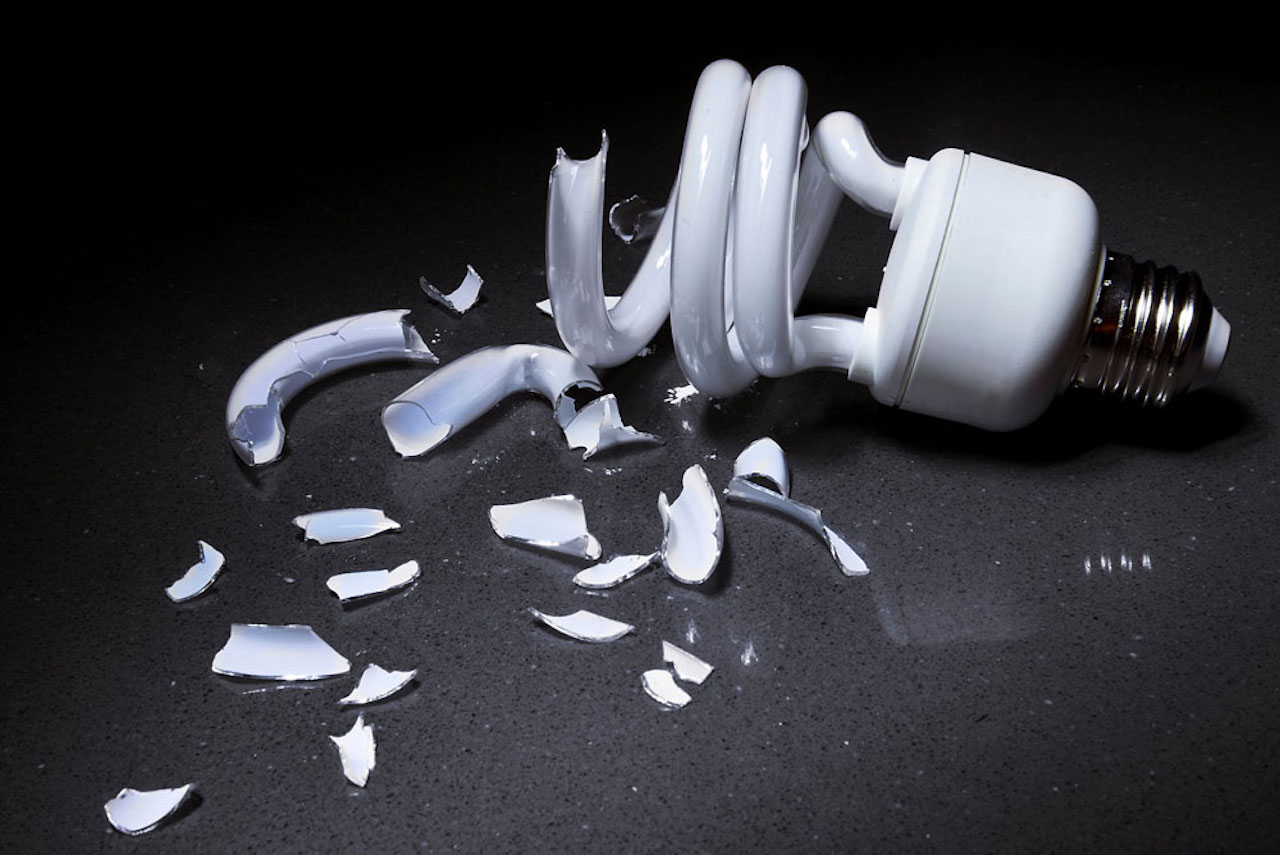

Articles
What Happens If You Inhale Mercury From A Light Bulb
Modified: September 2, 2024
Discover the potential risks of inhaling mercury from a light bulb in this informative article. Learn about the dangers and precautions to take.
(Many of the links in this article redirect to a specific reviewed product. Your purchase of these products through affiliate links helps to generate commission for Storables.com, at no extra cost. Learn more)
Introduction
Mercury is a highly toxic metal that can pose severe health risks if inhaled. While most people are aware of the dangers of handling liquid mercury, such as the type commonly found in thermometers, many are unaware that mercury vapor can also be released from broken or damaged fluorescent light bulbs.
Light bulbs, including compact fluorescent lamps (CFLs) and older fluorescent tubes, contain small amounts of mercury. When these bulbs break, the mercury can vaporize and become airborne, increasing the risk of inhalation exposure. Inhaling mercury vapor can have both immediate and long-term health effects, making it crucial to understand the dangers and take appropriate precautions.
In this article, we will explore what mercury is, how it gets released from light bulbs, the effects of inhaling mercury vapor, and what steps to take if you suspect exposure. We will also discuss proper cleanup procedures and preventive measures to minimize the risk of mercury vapor exposure.
Understanding the dangers of inhaling mercury vapor is essential for protecting your health and the well-being of those around you. By arming yourself with knowledge and taking the necessary precautions, you can mitigate the risks associated with mercury exposure and create a safer environment.
Key Takeaways:
- Inhaling mercury vapor from broken light bulbs can lead to immediate respiratory and neurological symptoms, as well as long-term health risks such as kidney damage and cardiovascular effects. Proper handling, cleanup, and seeking medical help are crucial in minimizing exposure.
- Prevention is essential in avoiding mercury vapor exposure. Choosing mercury-free alternatives, following safe handling practices, and staying informed about safety guidelines can help create a safer environment and protect against the health hazards of mercury vapor.
Read more: What Happens If You Inhale Pepper Spray
What is Mercury?
Mercury is a naturally occurring element that is found in various forms throughout the environment. It is a silvery liquid metal with a high density and unique properties, such as being a poor conductor of heat, and it evaporates easily at room temperature.
One of the most common uses of mercury is in thermometers, where the expansion and contraction of the liquid metal indicate changes in temperature. However, mercury is also used in a wide range of other applications, including dental fillings, electrical switches, and fluorescent light bulbs.
Mercury is known for its toxic properties, even in small quantities. It can cause damage to the nervous system, kidneys, and other organs. The vapor form of mercury is of particular concern because it can be easily inhaled and absorbed into the bloodstream.
It’s important to note that not all mercury is the same. There are different forms of mercury, including elemental mercury, inorganic mercury compounds, and organic mercury compounds. Each form has its own level of toxicity and health risks.
Elemental mercury is the form commonly found in liquid mercury, such as in thermometers, and it can release toxic vapor when heated or disturbed. Inorganic mercury compounds, such as mercuric chloride, are typically found in certain industries and can be absorbed through the skin or ingested. Organic mercury compounds, such as methylmercury, are formed when mercury combines with carbon, and they are often found in contaminated fish or seafood.
While elemental mercury is the form of concern when it comes to inhaling mercury vapor from light bulbs, it’s important to be mindful of exposure to all forms of mercury and take appropriate precautions.
How Does Mercury Get Released from a Light Bulb?
Mercury can escape from a light bulb when it is broken, damaged, or improperly disposed of. It is important to understand the potential sources of mercury release to minimize exposure and prevent contamination.
Fluorescent light bulbs, including compact fluorescent lamps (CFLs) and older fluorescent tubes, contain small amounts of mercury. The mercury is necessary for the bulb to produce light efficiently. Typically, CFLs contain around 4-5 milligrams of mercury, while larger fluorescent tubes can contain anywhere from 5 to 50 milligrams, depending on their size.
When a light bulb breaks, the mercury can escape in two forms: liquid mercury and mercury vapor. The liquid mercury can pool in the immediate vicinity of the breakage and produce toxic vapor. The vapor is of particular concern since it can spread throughout the area and be inhaled, putting individuals at risk of mercury poisoning.
Moreover, even if a light bulb is not broken, mercury vapor can still be released if the bulb is damaged. If the protective phosphor coating inside the bulb is cracked or compromised, mercury vapor can seep out. This is why it is essential to handle light bulbs carefully to prevent any potential damage that may release mercury vapor.
Improper disposal of light bulbs can also lead to mercury release into the environment. When light bulbs end up in landfills and are crushed, the mercury can be released into the soil or water, ultimately contaminating ecosystems and posing a risk to both human health and the environment. It is crucial to follow proper disposal guidelines for light bulbs to ensure that mercury is handled responsibly.
To minimize the risk of mercury exposure from light bulbs, it is important to handle them with care, use proper disposal methods, and be vigilant in preventing breakage or damage. By doing so, you can help reduce the release of mercury and protect yourself and others from potential health hazards.
Effects of Inhaling Mercury Vapor
Inhaling mercury vapor can have both immediate and long-term health effects. The severity of these effects depends on a variety of factors, including the duration and intensity of exposure, individual susceptibility, and the form of mercury involved.
Short-Term Symptoms:
- Respiratory Issues: Inhaling mercury vapor can cause irritation and inflammation of the respiratory system. Common symptoms include coughing, difficulty breathing, chest tightness, and sore throat.
- Neurological Symptoms: Exposure to mercury vapor can affect the central nervous system, leading to symptoms such as headaches, dizziness, tremors, memory problems, and difficulty concentrating.
- Gastrointestinal Disturbances: Some individuals may experience gastrointestinal symptoms, including nausea, vomiting, abdominal pain, and diarrhea, as a result of inhaling mercury vapor.
Long-Term Health Risks:
- Neurological Damage: Prolonged exposure to mercury vapor can lead to long-term neurological damage. This can manifest as cognitive impairments, memory loss, mood disorders, and even motor function abnormalities.
- Kidney Damage: Mercury has a particular affinity for the kidneys, and prolonged exposure to mercury vapor can result in kidney damage or dysfunction.
- Cardiovascular Effects: Some studies have suggested a link between chronic exposure to mercury vapor and an increased risk of cardiovascular diseases, including hypertension and heart disease.
- Reproductive and Developmental Effects: Pregnant women exposed to mercury vapor can pass the mercury onto their developing fetus, potentially causing developmental issues and birth defects. Additionally, mercury vapor can affect male fertility and reproductive health.
It is important to note that the effects of inhaling mercury vapor may not be immediately apparent, and symptoms can vary significantly from person to person. Individuals with prolonged or repeated exposure to mercury vapor are at a higher risk of developing long-term health complications.
If you suspect exposure to mercury vapor, it is crucial to take immediate action to limit further exposure and seek medical attention. Proper cleanup procedures should be followed to reduce the risk of continued exposure and contamination.
Prevention is key in minimizing the health risks associated with inhaling mercury vapor. By being aware of the potential sources of exposure and taking appropriate precautions, such as safe handling and disposal of light bulbs, you can reduce the likelihood of inhaling mercury vapor and protect your health and well-being.
Short-Term Symptoms
Inhaling mercury vapor can result in various short-term symptoms that can manifest shortly after exposure. The severity and duration of these symptoms can vary depending on the concentration and duration of exposure, as well as individual susceptibility. It is important to recognize these symptoms as they can indicate potential mercury poisoning.
Common short-term symptoms of inhaling mercury vapor include:
- Respiratory Issues: Mercury vapor can irritate the respiratory system, leading to respiratory symptoms such as coughing, wheezing, shortness of breath, and chest tightness. These symptoms can mimic those of respiratory infections or allergies.
- Neurological Symptoms: Mercury vapor has the ability to affect the nervous system, leading to various neurological symptoms. These may include headaches, dizziness, tremors, muscle weakness, imbalance, and coordination difficulties. Mercury vapor exposure can also result in cognitive impairments, including memory problems, difficulty concentrating, and mood changes such as irritability and anxiety.
- Gastrointestinal Disturbances: Some individuals may experience gastrointestinal symptoms as a result of inhaling mercury vapor. These can include nausea, vomiting, abdominal pain, diarrhea, and loss of appetite.
If you have been exposed to mercury vapor and experience any of these short-term symptoms, it is important to take immediate action. Limit further exposure by moving to a well-ventilated area, away from the source of the contamination. Avoid touching or inhaling any additional vapor and seek medical attention as soon as possible.
It is crucial to remember that not all individuals may experience these symptoms, and some people may have a higher tolerance or slower onset of symptoms. Additionally, immediate symptoms may subside, but it is still important to seek medical evaluation as long-term health risks can be present even without the presence of immediate symptoms.
Moreover, it is important to consider that symptoms from inhaling mercury vapor can be similar to those caused by other respiratory or neurological conditions. Therefore, a proper diagnosis from a medical professional is essential to determine the cause of symptoms and provide appropriate treatment.
Being aware of the short-term symptoms associated with inhaling mercury vapor can help identify exposure and prompt timely action. By seeking medical attention and taking steps to reduce further exposure, you can protect your health and minimize the potential long-term effects of mercury poisoning.
Long-Term Health Risks
Long-term exposure to mercury vapor can lead to significant health risks and complications. The effects of prolonged exposure can vary depending on factors such as the concentration and duration of exposure, individual susceptibility, and the form of mercury involved. It is important to recognize these risks and take necessary precautions to prevent long-term health complications.
Some of the long-term health risks associated with inhaling mercury vapor include:
- Neurological Damage: Mercury vapor has a high affinity for the nervous system, and long-term exposure can cause significant neurological damage. This damage can manifest as cognitive impairments, memory loss, difficulty concentrating, mood disorders, and even motor function abnormalities.
- Kidney Damage: The kidneys are particularly vulnerable to the toxic effects of mercury. Prolonged exposure to mercury vapor can result in kidney damage or dysfunction, leading to impaired kidney function and potentially leading to long-term kidney problems.
- Cardiovascular Effects: Some studies have suggested a link between chronic exposure to mercury vapor and an increased risk of cardiovascular diseases. Long-term exposure to mercury can contribute to hypertension (high blood pressure), heart disease, and other cardiovascular complications.
- Reproductive and Developmental Effects: Mercury vapor can have harmful effects on reproductive health. Pregnant women exposed to mercury vapor can pass the mercury onto their developing fetus, potentially causing developmental issues and birth defects. Additionally, mercury vapor exposure can affect male fertility and reproductive health.
- Immune System Dysfunction: Prolonged exposure to mercury vapor can impair the functioning of the immune system, making individuals more susceptible to infections and other illnesses.
It is important to note that the long-term health risks mentioned above may not be immediately apparent and can develop over time. Consequently, early detection and prevention are crucial. Regular medical check-ups and discussions with healthcare professionals can help assess and monitor any potential health risks associated with mercury vapor exposure.
In case of suspected long-term exposure, it is important to seek medical attention immediately. A healthcare professional can conduct a thorough evaluation, including blood and urine tests, to assess mercury levels in the body and determine the appropriate course of action.
Prevention is the best approach to minimize the long-term health risks associated with inhaling mercury vapor. Practicing safe handling and disposal of light bulbs, avoiding unnecessary exposure to mercury-containing products, and following adequate safety precautions can significantly reduce the risk of long-term health complications.
By being informed about the potential long-term health risks and taking proactive measures, individuals can protect themselves and others from the detrimental effects of prolonged mercury vapor exposure.
Do not inhale mercury vapor from a broken light bulb. Open windows for ventilation, wear a mask, and use gloves to clean up the spill. Dispose of contaminated materials properly. Seek medical attention if symptoms occur.
Immediate Actions to Take if Mercury is Inhaled
If you suspect or are certain that you have inhaled mercury vapor, it is crucial to take immediate actions to mitigate further exposure and minimize potential health risks. Quick response can significantly reduce the impact of mercury on your health. Here are the steps to follow:
- Move to a Well-Ventilated Area: Immediately leave the area where the mercury vapor exposure occurred and go to a well-ventilated space. Open windows, doors, and use fans to increase airflow and disperse the vapor.
- Do Not Touch or Sweep Up Mercury: Avoid touching the spilled mercury directly with your bare hands or attempting to sweep it up. This can exacerbate the spread of mercury and increase the risk of exposure. Instead, keep a safe distance from the affected area.
- Keep Others Away: Ensure that others in the vicinity are aware of the mercury vapor exposure and keep them away from the area to prevent further exposure.
- Do Not Vacuum: Avoid using a vacuum cleaner to clean up the mercury. Vacuums can release the mercury vapor into the air and spread it throughout the house. Instead, employ alternative methods for cleanup.
- Contain the Spill: If possible, contain the spilled mercury by placing towels, plastic bags, or other materials around the affected area. This can help minimize the spread of vapor and prevent it from reaching other surfaces or objects.
- Call Poison Control: Contact your local poison control center or healthcare provider immediately for guidance on next steps. They can provide specific instructions based on the severity of exposure and recommend further medical evaluation if necessary.
- Follow Cleanup Guidelines: If you are instructed to clean up the spill, follow the appropriate cleanup guidelines provided by your local health department or environmental protection agency. These guidelines will outline safe and effective methods for containing and disposing of the spilled mercury.
- Seek Medical Attention: Depending on the severity of exposure and the development of symptoms, seek medical attention promptly. A healthcare professional can evaluate your condition, conduct tests to assess your mercury levels, and provide proper treatment if needed.
Remember, immediate action is crucial to reduce the impact of mercury vapor exposure. By following these steps, you can protect yourself and others from further exposure and ensure the correct cleanup procedures are followed.
It is important to note that the information provided is general guidance, and specific actions may vary depending on the situation and severity of exposure. Always consult with healthcare professionals or local authorities for precise instructions and advice on handling mercury vapor exposure.
Seeking Medical Help
If you have inhaled mercury vapor or suspect exposure, it is essential to seek immediate medical help. Medical professionals are well-equipped to assess your condition, provide appropriate treatment, and monitor your health in case of any potential complications. Here are the key steps to follow when seeking medical help after mercury vapor exposure:
- Contact Your Healthcare Provider: Reach out to your primary healthcare provider or local clinic to inform them about the mercury vapor exposure. Explain the situation and any symptoms you may be experiencing. They will be able to provide guidance on next steps and advise whether you need to visit the clinic or hospital immediately.
- Visit the Emergency Room (if necessary): In some cases, exposure to mercury vapor may require immediate medical attention. If you or someone else experiences severe symptoms such as difficulty breathing, chest pain, or loss of consciousness, call emergency services or visit the nearest emergency room without delay.
- Discuss Symptoms and Exposure Details: When consulting with a medical professional, be prepared to describe your symptoms in detail. Explain the circumstances of the exposure, including the duration, intensity, and source of mercury vapor. This information will help the healthcare provider in assessing the potential risks and determining the appropriate course of action.
- Undergo Medical Evaluation: The healthcare provider may conduct a physical examination and order diagnostic tests to assess your condition. These may include blood and urine tests to measure mercury levels, as well as other relevant diagnostic assessments to evaluate any potential effects on your respiratory system, kidneys, or nervous system.
- Follow Medical Advice and Treatment: Based on the results of the evaluation, the healthcare provider will provide personalized advice and treatment recommendations. This may include steps to alleviate symptoms, specific medications, dietary recommendations, and follow-up appointments to monitor your health.
- Inform the Healthcare Provider of Preexisting Conditions: If you have any preexisting health conditions, be sure to inform the healthcare provider. Certain medical conditions or medications may interact with mercury exposure and require adjustments to the treatment plan.
- Follow Up: It is important to attend follow-up appointments as recommended by your healthcare provider. Regular check-ups can help monitor your recovery, assess any potential long-term effects, and provide timely intervention if needed.
Remember, seeking prompt medical help is crucial in managing the potential health risks associated with mercury vapor exposure. Healthcare professionals are best equipped to provide appropriate care and monitor your health throughout the recovery process.
It is important to note that the information provided is general guidance, and specific steps may vary depending on the severity of exposure and individual circumstances. Always consult with healthcare professionals for personalized advice and follow their recommendations for the best possible outcomes.
Proper Cleanup Procedures after Inhaling Mercury Vapor
If you have inhaled mercury vapor, it is crucial to follow proper cleanup procedures to minimize further exposure and reduce the risk of contamination. Cleaning up mercury spills correctly is essential for your safety and the well-being of others. Here are the steps to take for proper cleanup after inhaling mercury vapor:
- Evacuate the Area: Ensure that you and others leave the area immediately to avoid continued exposure to the mercury vapor.
- Open Windows and Ventilate the Space: Open windows and doors to increase ventilation in the area where the mercury vapor was released. This helps to disperse the vapor and reduce its concentration.
- Do Not Touch the Spilled Mercury: Avoid direct contact with the spilled mercury. Touching it with bare hands can increase the risk of absorption into the skin. Instead, use gloves or other protective equipment if you need to handle any potentially contaminated objects or surfaces.
- Call Local Authorities for Assistance: Contact your local health department or environmental protection agency to report the mercury spill and seek guidance on cleanup procedures. They will provide you with specific instructions and may assist in the cleanup process.
- Isolate Contaminated Objects: Identify and isolate any objects or materials that have come into direct contact with the spilled mercury. Place them in a secure and leak-proof container to prevent further contamination.
- Use a Mercury-Specific Cleanup Kit: Special mercury cleanup kits are available that include specific tools and instructions for safe mercury removal. These kits typically include items such as mercury-absorbing powder, droppers, sealable containers, and waste bags. Follow the instructions provided in the kit carefully.
- Seal Contaminated Waste and Clean-Up Materials: Dispose of all mercury-contaminated materials, such as gloves, paper towels, and cleanup tools, in a sealed bag or container. Label the container as hazardous waste and follow proper disposal guidelines provided by your local authorities.
- Thoroughly Clean Affected Surfaces: If the spill has occurred on hard surfaces, use a mercury-specific cleanup solution or detergent to clean the area thoroughly. Follow the instructions provided with the cleaning product and ensure that all traces of mercury are removed.
- Avoid Spreading or Vacuuming Up Mercury: Avoid spreading the spilled mercury during the cleanup process. Avoid using a vacuum cleaner, as it can disperse the mercury vapor into the air and contaminate the vacuum cleaner itself.
- Properly Ventilate and Continue Monitoring: After completing the cleanup, continue to ventilate the space by opening windows and using fans to remove any remaining mercury vapor. Monitor the area for any signs of contamination or lingering odor, and seek professional assistance if necessary.
It is essential to follow proper cleanup procedures to ensure the effective removal of mercury and minimize the risk of further exposure. By taking these steps, you can safeguard your health and prevent potential contamination of the environment.
Remember, if you are unsure or uncomfortable with performing the cleanup yourself, it is best to reach out to local authorities or professionals with experience in handling mercury spills for assistance.
Read more: What Is A Light Bulb
Preventive Measures to Avoid Mercury Vapor Exposure
Prevention is key when it comes to avoiding mercury vapor exposure. By implementing proper measures and following safe handling practices, you can minimize the risk of exposure and protect yourself and others. Here are some preventive measures to consider:
- Choose Mercury-Free Alternatives: Opt for mercury-free alternatives whenever possible. Use LED light bulbs instead of fluorescent bulbs, and choose non-mercury alternatives for products such as thermometers and electrical switches.
- Handle and Store Mercury-Containing Products Safely: If dealing with mercury-containing products, handle them with care. Use protective gloves and avoid direct contact with the mercury. Store these items securely to prevent breakages and leakage.
- Dispose of Mercury-Containing Products Properly: Follow specific guidelines for the safe disposal of mercury-containing products. Contact your local waste management facility or environmental protection agency for proper disposal methods in your area.
- Use Proper Cleanup Procedures for Broken Bulbs: If a fluorescent bulb breaks, take immediate action following proper cleanup procedures outlined by your local authorities. Avoid vacuuming or sweeping up the broken pieces, as this can spread the mercury vapor. Use a mercury cleanup kit or contact professionals for assistance.
- Maintain Good Ventilation: Ensure that your living and working spaces are adequately ventilated. This can help disperse any potential mercury vapor and reduce the concentration in the air. Open windows and use ventilation systems, especially when using or handling mercury-containing products.
- Education and Awareness: Stay informed about the risks associated with mercury vapor exposure. Educate yourself and others about the proper handling, cleanup, and disposal methods for mercury-containing products. Share this knowledge with family members, colleagues, and the community.
- Wear Protective Equipment: When handling mercury or working in an environment where mercury vapor exposure is possible, wear appropriate personal protective equipment. This may include gloves, goggles, and respirators, depending on the level of exposure risk.
- Regular Cleaning and Maintenance: Keep your living and working spaces clean and free from dust and debris. Regularly clean surfaces and ensure that mercury-containing products are properly maintained. This helps reduce the risk of accidental breakages and subsequent vapor release.
- Stay Updated on Safety Guidelines: Keep up-to-date with safety guidelines and regulations related to mercury-containing products. Be aware of any changes or updates to disposal methods, cleanup procedures, and safety precautions provided by local health and environmental authorities.
- Encourage Eco-Friendly Practices: Promote environmentally friendly practices that advocate for the proper handling, use, and disposal of mercury-containing products. Encourage others to make sustainable choices and follow safe practices to protect both human health and the environment.
By implementing these preventive measures, you can minimize the risk of mercury vapor exposure and contribute to creating a safer environment for yourself and others.
Remember, it is crucial to stay informed about the specific regulations and guidelines in your region, as they may vary. Follow the recommendations provided by local authorities and seek professional assistance when needed.
Conclusion
Mercury vapor exposure can pose significant health risks, both in the short-term and long-term. Inhaling mercury vapor from broken or damaged light bulbs can result in immediate respiratory, neurological, and gastrointestinal symptoms. Prolonged exposure can lead to serious long-term health complications, such as neurological damage, kidney dysfunction, cardiovascular effects, and reproductive issues.
It is crucial to take preventive measures and follow proper procedures to minimize the risk of mercury vapor exposure. Handle mercury-containing products with care, choose mercury-free alternatives when possible, and properly dispose of mercury-containing items. In the event of a mercury spill or breakage, take immediate action to ventilate the area, avoid direct contact, and seek professional assistance for cleanup procedures.
If exposure to mercury vapor occurs, seek medical help promptly. Medical professionals can assess your condition, provide appropriate treatment, and monitor your health for any potential complications that may arise from exposure.
Prevention and education are key. Stay informed about the dangers of mercury vapor exposure, understand safe handling practices, and share this knowledge with others. By practicing responsible behaviors and promoting eco-friendly practices, we can minimize the risk of mercury vapor exposure and protect both ourselves and the environment.
Remember, when it comes to mercury vapor exposure, prevention is always better than cure. By taking appropriate precautions, we can create safer environments and maintain our well-being for a healthier future.
Frequently Asked Questions about What Happens If You Inhale Mercury From A Light Bulb
Was this page helpful?
At Storables.com, we guarantee accurate and reliable information. Our content, validated by Expert Board Contributors, is crafted following stringent Editorial Policies. We're committed to providing you with well-researched, expert-backed insights for all your informational needs.





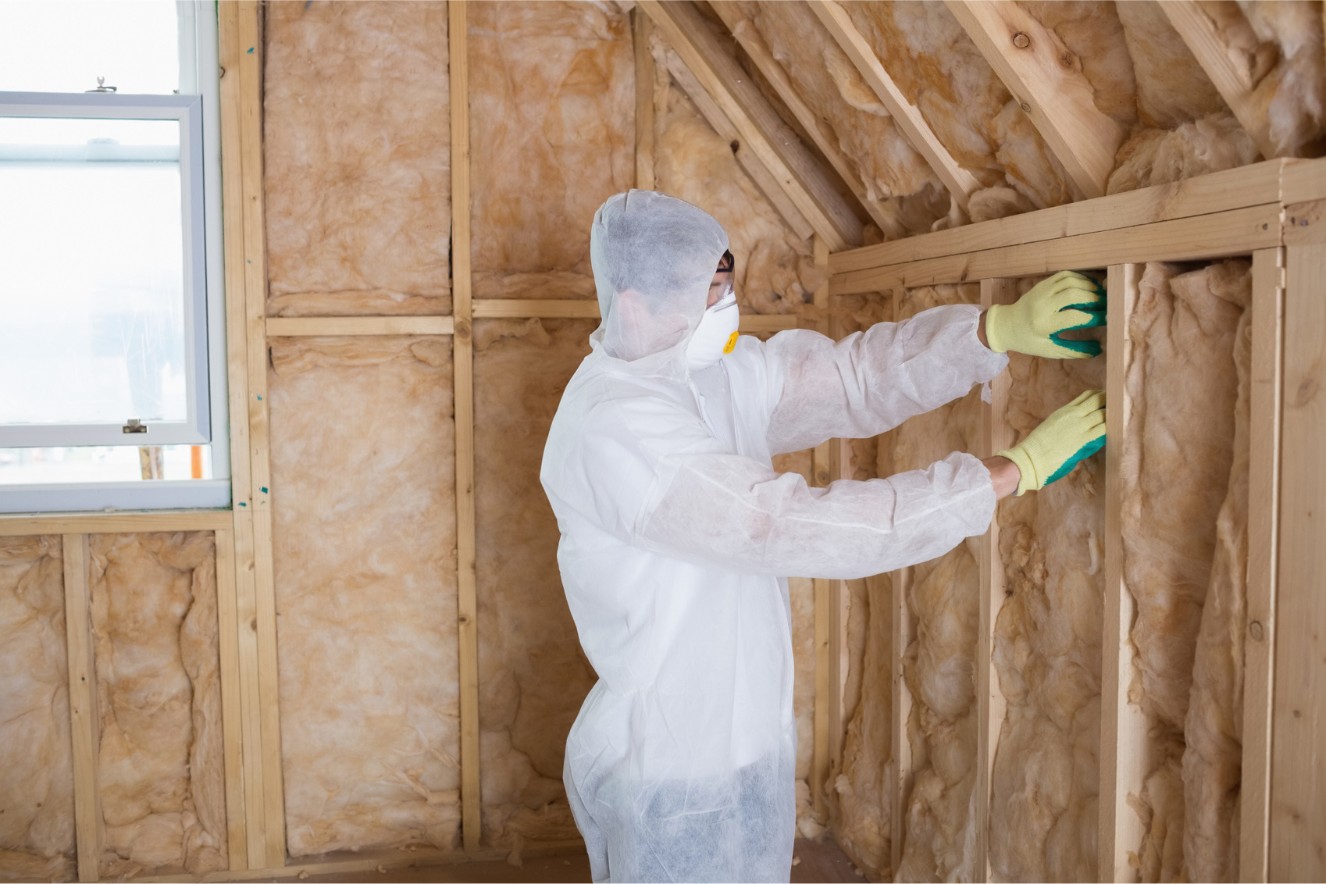


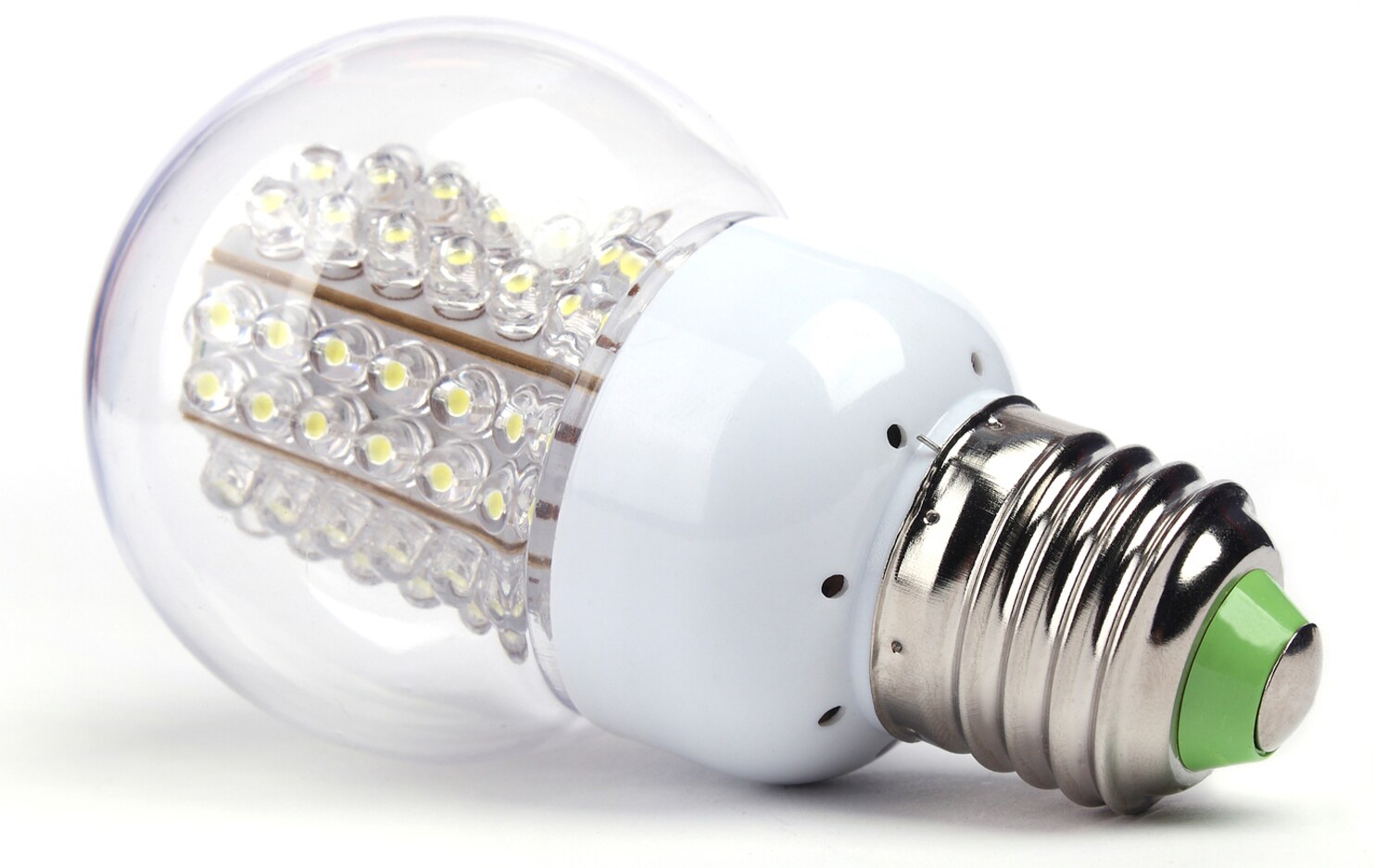
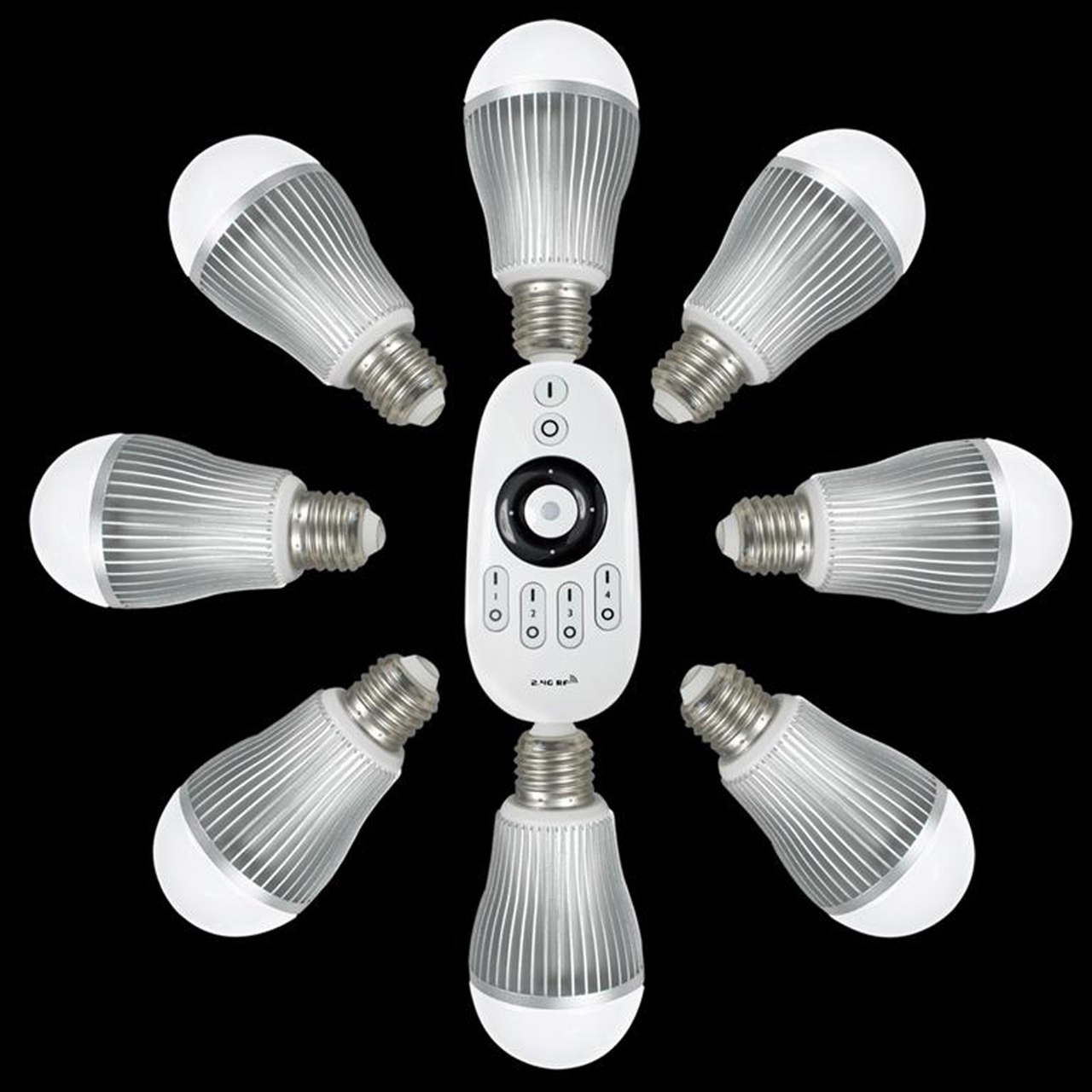
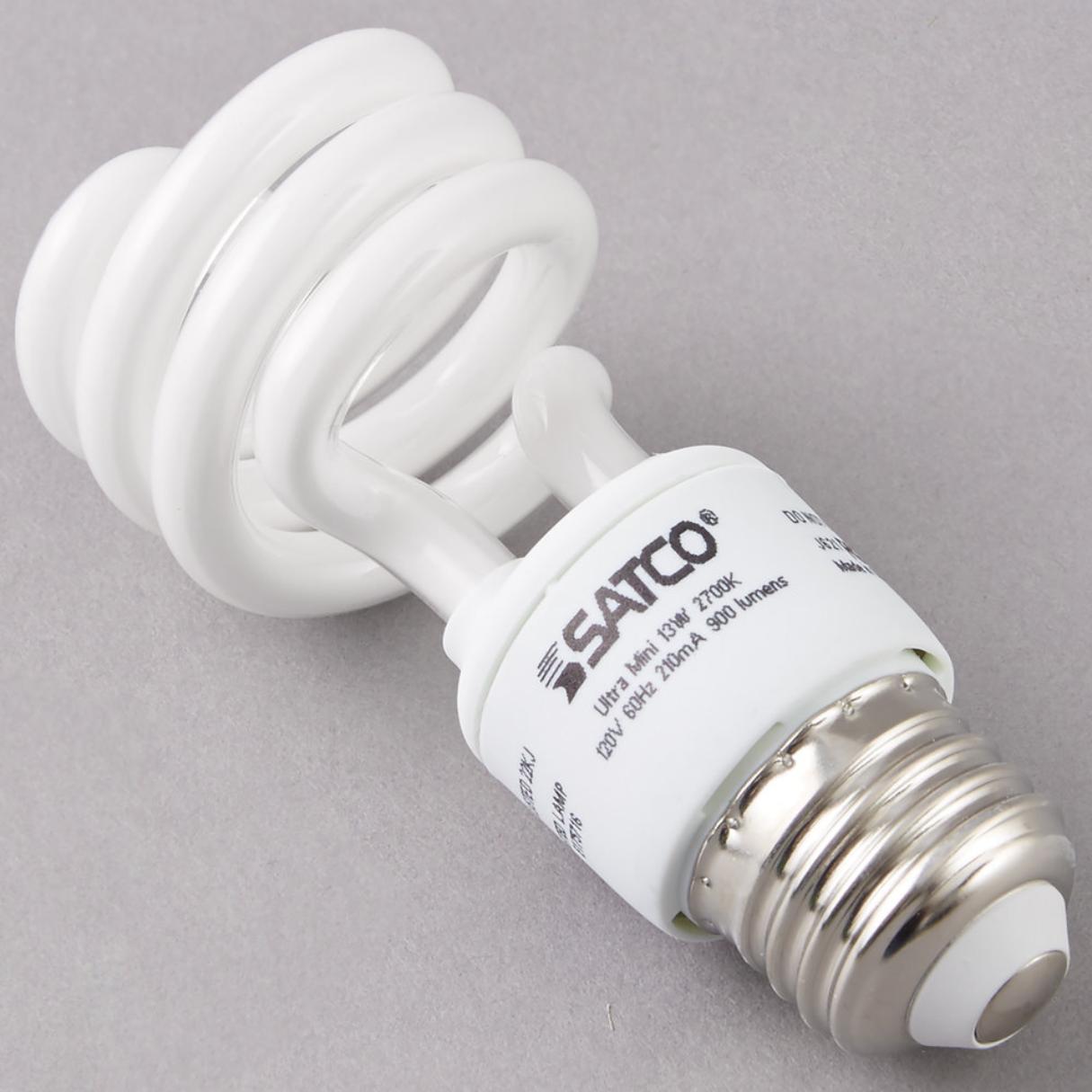

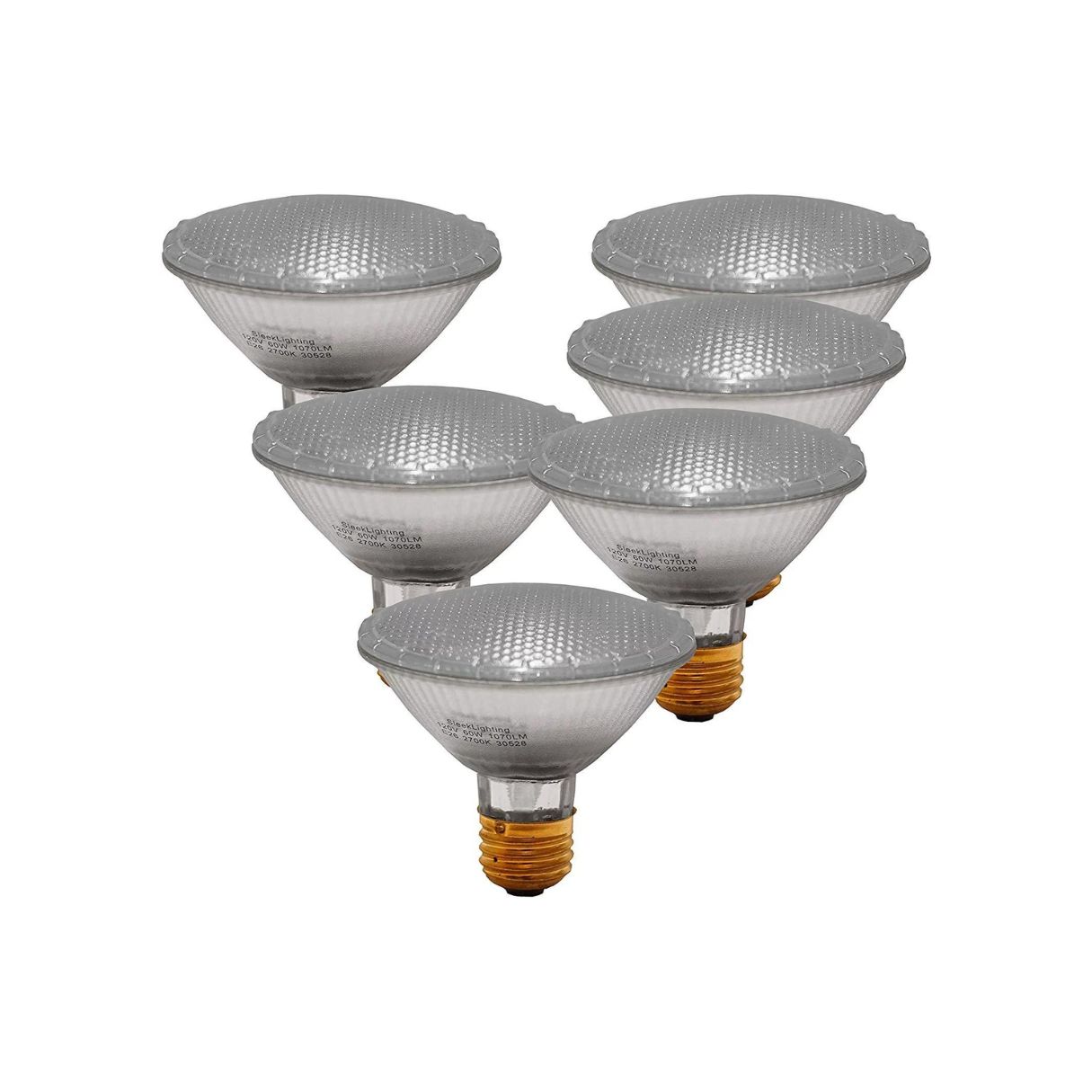

0 thoughts on “What Happens If You Inhale Mercury From A Light Bulb”